Our 50 Million For Our Forests campaign plants trees on National Forests across the US, reforesting a wide variety of geographies and ecosystems. By enhancing habitat and creating structural diversity, tree cover, food sources, and more, our reforestation efforts benefit countless species of wildlife, including many federally listed threatened and endangered species. In fact, more than 400 federally listed species inhabit our National Forests. Here are a handful of wildlife species that benefit from our reforestation efforts:
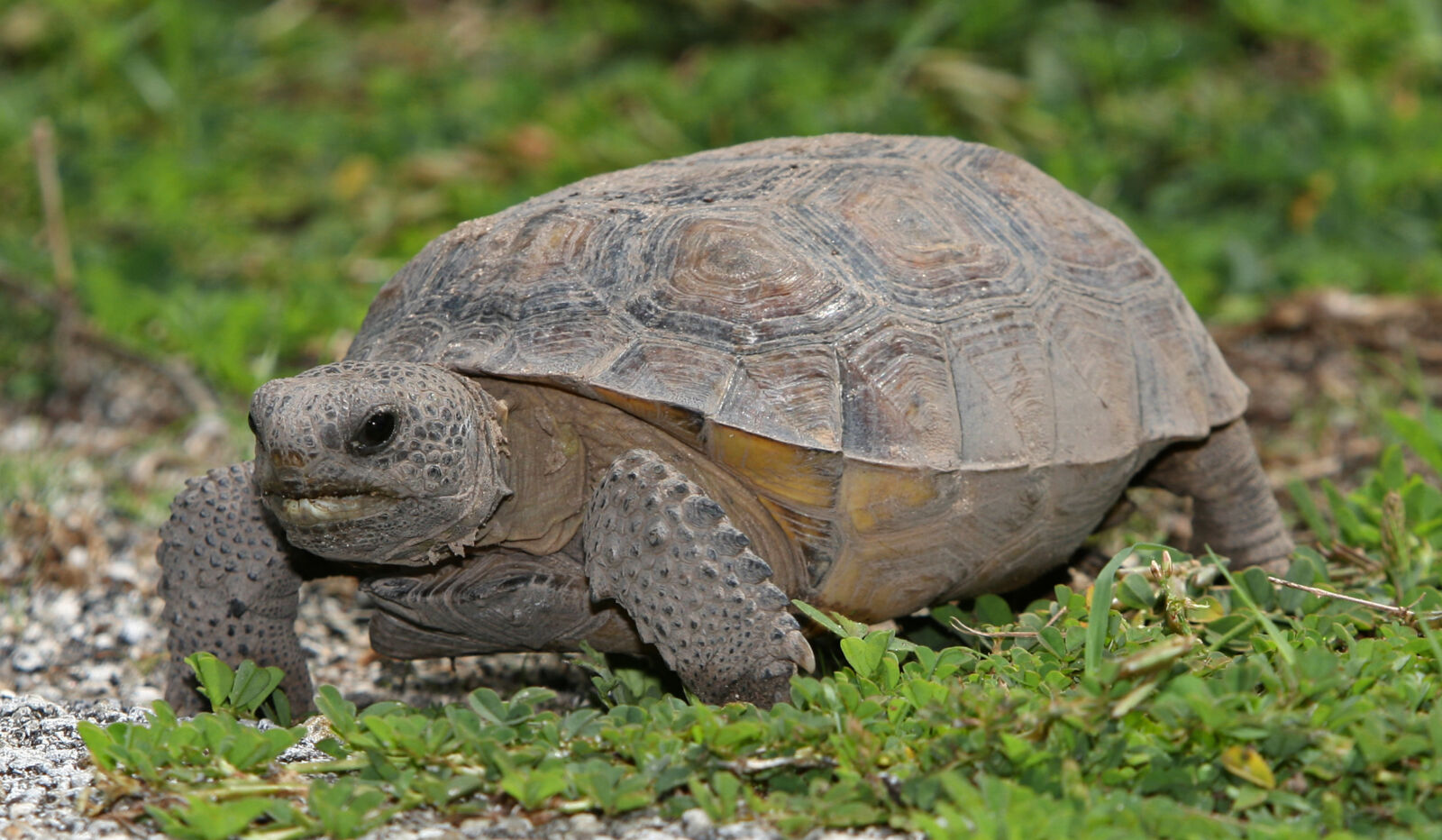
Gopher Tortoise
Status: Threatened in its western range; candidate for listing in its eastern range
Shuffling through the longleaf pine forests of the Southeast, the long-lived gopher tortoise is the region’s only native land tortoise. Reduced and fragmented habitat has led to its decline, as longleaf pine forests exist on only about 3% of its historic range. As its name implies, the gopher tortoise can burrow up to 40 feet, taking shelter from the Southern heat, predators, and fire. A keystone species, the tortoise’s burrow provides refuge for more than 350 animals, including snakes, frogs, and small mammals.
Each year, we plant thousands of longleaf pine seedlings, helping to re-establish this iconic southern pine and improve habitat for wildlife like the gopher tortoise.
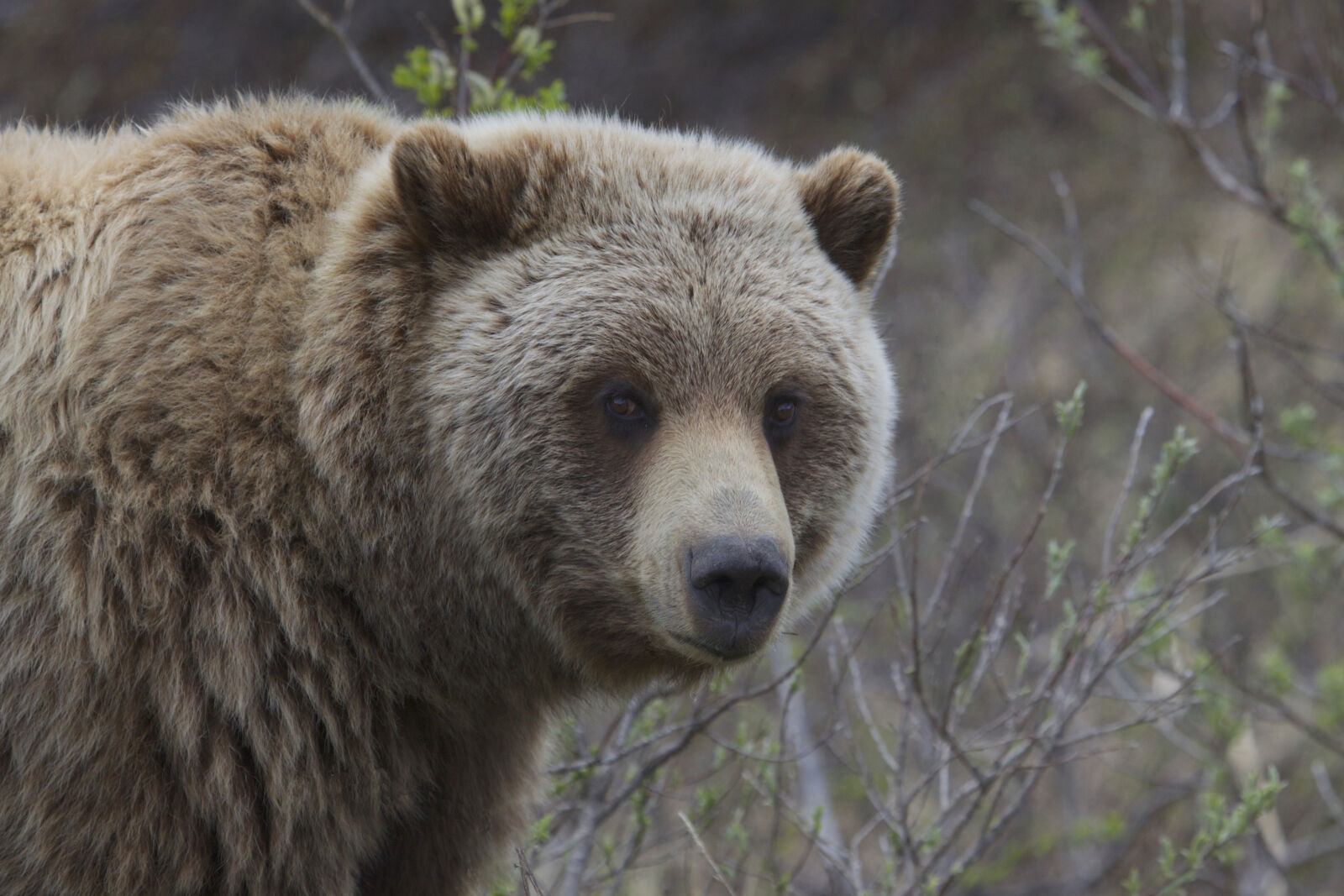
Gregory Slobirdr
Grizzly Bear
Status: Threatened in the lower 48 states
Grizzly bears have a unique hold on the American public, inspiring feelings of both intense adoration and fear. Once found from Alaska to Mexico and across the Great Plains, they now inhabit around 2% of their former range in the contiguous US. Human-bear conflict and habitat loss have been the main drivers of the bear’s decline. With a home range of up to 600 square miles for a male grizzly, these omnivores need extensive habitat, and our work in the Northern Rockies supports this.
Our campaign also supports the re-establishment of whitebark pine, an ecologically important and highly nutritious food source for grizzly bears and other animals. Its seeds are rich in protein and fat, perfect for grizzlies trying to pack on extra pounds for the winter. Whitebark pine is itself a candidate for listing due to its decline and vulnerability to white pine blister rust, the mountain pine beetle, and climate change.
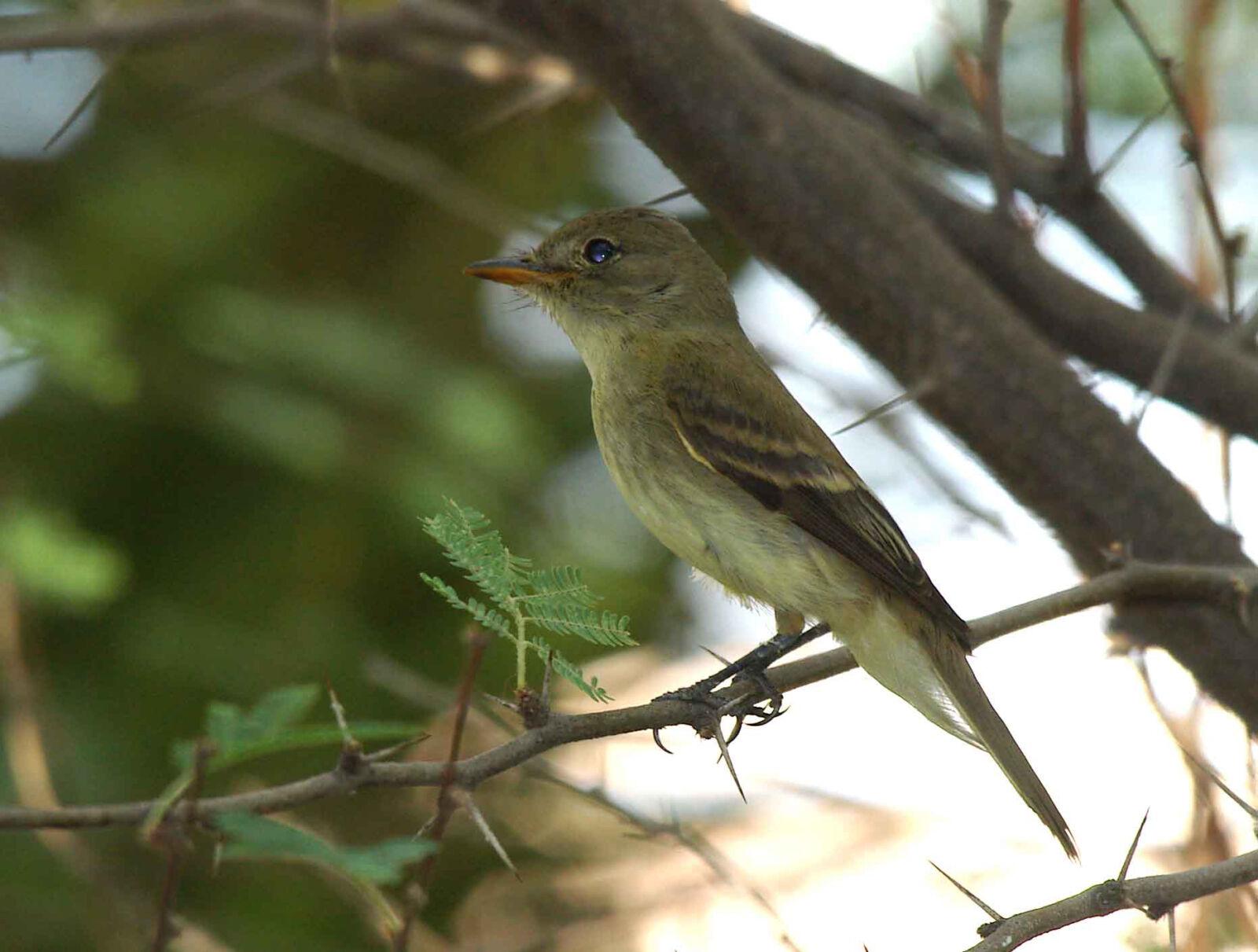
Pacific SW Region USFWS
Southwestern Willow Flycatcher
Status: Endangered
A subspecies of the more common willow flycatcher, the Southwestern willow flycatcher is a migratory songbird that breeds in the Southwest and winters in Latin American rainforests. Flycatchers consume a wide variety of insects, and thanks to their insect-eating might, these little birds play a large role in keeping insect numbers at bay in riparian areas. Loss of this flycatcher’s riparian habitat is one of the primary reasons for its decline, and our reforestation efforts in the Southwest enhance its breeding habitat.
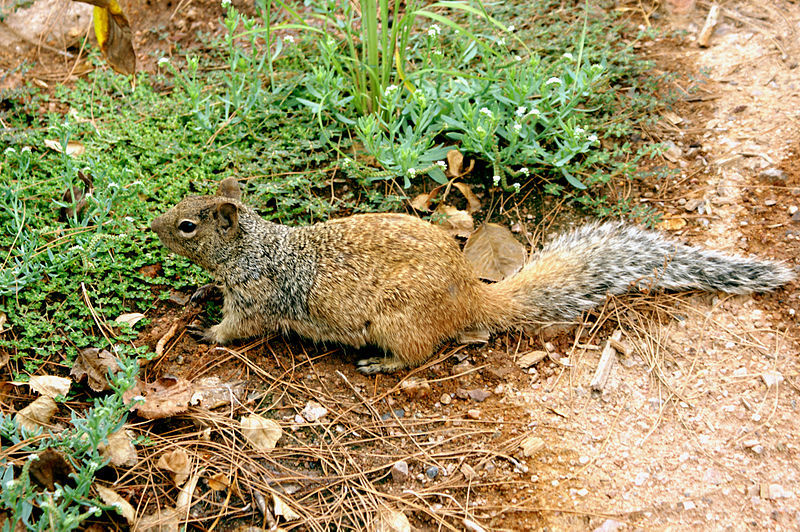
Photo credit: Ezhuttukari
Mount Graham Red Squirrel
Status: Endangered
The Mount Graham red squirrel lives within the spruce-fir forests of the Pinaleño Mountains on Arizona’s Coronado National Forest. The red squirrel subspecies was believed extinct in the 1950s, but a small population was found in the 1970s. Its population has fluctuated since, but a series of wildfires over the past few decades have further reduced its population.
Mount Graham red squirrels cache and eat Douglas-fir cones, and in 2020, we will plant thousands of Douglas-fir seedlings on the squirrel’s fire-impacted habitat. Planting will help re-establish the conifer and its food source, while also creating more shelter to hide from predators - important for the small, endangered squirrel.
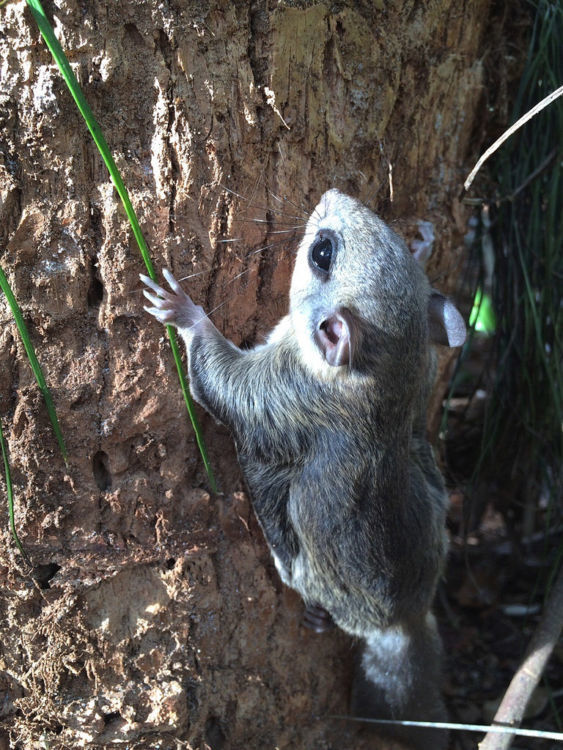
Marya Buhler
Carolina Northern Flying Squirrel
Status: Endangered
Another member of the Sciuridae family, the Carolina northern flying squirrel lives in the high elevation mixed-spruce forests of the Southern Appalachians. These nocturnal flying squirrels “fly" from tree to tree, expanding the folds between their limbs and exposing their gliding membrane to launch. Habitat loss is one of the leading causes of this species’ decline, and our tree-planting efforts in this area help these flying squirrels take flight.
This blog post is sponsored by Endangered Species Chocolate, a National Forest Foundation partner since 2019.

